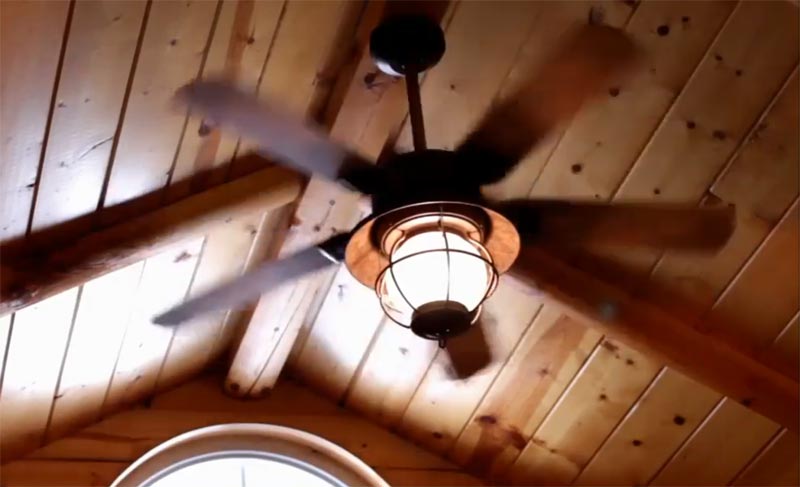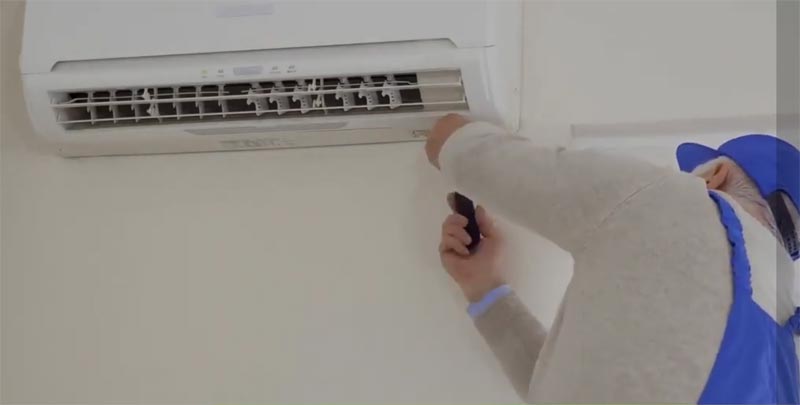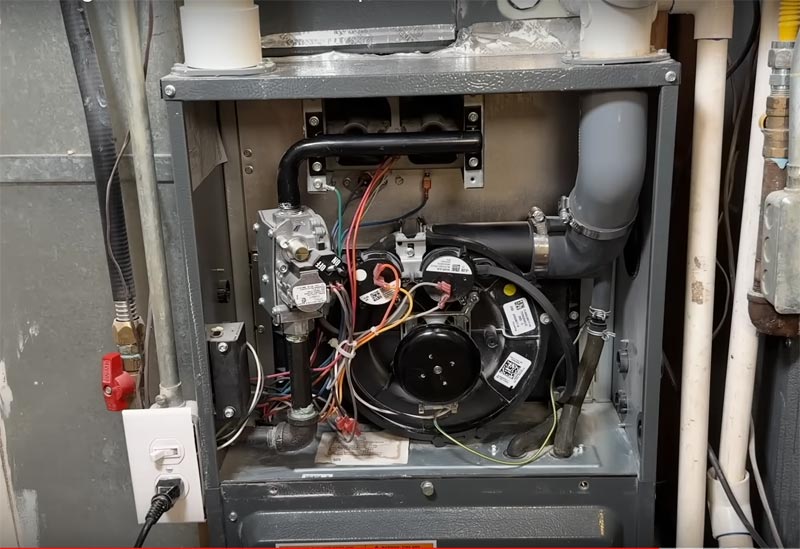Heating and cooling can account for up to about 50% of a home’s total energy consumption. It makes sense that if you want to save money on your energy bills, you should focus on optimizing your HVAC system first.
Just making a few simple tweaks can help reduce your energy usage significantly! Here are some easy energy efficiency tips for your HVAC system that can help you leave more cash in your wallet and reduce your environmental impact.
Check Insulation Levels
Insulation is one of the most critical components in saving energy. Check your home’s insulation levels and ensure that all areas are adequately insulated. This includes walls, doors, windows, ducts, attics, and crawl spaces. Adding extra insulation where necessary can help keep your house cool in summer and warm in winter.
"You can save around 15% on your heating and cooling costs just by sealing up drafts and adding insulation to your house." -EPA
According to Forbes Journal, the cost of roof insulation material will cost $0.5-$1.5 per square foot. Taking into account the cost of the work, the price per square foot will increase by 2 times and will be $1000-$1300 for every 1000 square feet.
The cost of wall insulation, according to BobVila site, will cost the homeowner between $1 and $4 per square foot.
Replace Dirty Filters
Dirty air filters can cause energy losses due to restricted airflow. If the filter is too clogged and full of dirt, it will reduce the air that can pass through, making your HVAC system work harder than necessary. To keep your system running efficiently, replace your HVAC’s air filters regularly. The best time is usually every three months.
Some systems allow you to clean the filters manually. To do this, always follow your instruction manual. However, often you can take a toothbrush and gently scrub away the dirt and debris. This will help extend the life of your filter and keep your system running smoothly. Always make sure your unit is off before you clean the filter.
You can change the filter yourself without calling a specialist. You just need to buy the right filter model. You can learn it from the instructions or use a Google search.
The cost of a furnace filter usually depends on the size and material and ranges from $10 to $50.
Utilize Ceiling Fans
Ceiling fans use less energy than your HVAC system, so using them in conjunction with climate control can help you save on electricity costs. They are especially helpful during summer when they can circulate cooler air throughout your home.

"Increasing the room temperature by even two degrees can cut your cooling costs by at least 4%-6%, and in some cases by as much as 8%." - Kathleen C. Ruppert, Wendell A. Porter, Randall A. Cantrell, and Hyun-Jeong Lee, University of Florida
Install a Programmable Thermostat
Installing a programmable thermostat can help you keep better control over your HVAC system. You can set the temperature to drop when you’re away from home and have it come back up shortly before arriving. This will reduce energy costs and make sure your house is at a comfortable temperature before you return.
The U.S. Department of Energy recommends keeping your thermostat set to 68 degrees Fahrenheit during the winter and 78 degrees Fahrenheit in the summer for optimal energy-saving results. When leaving home, adjust temperatures minimally - reduce or increase by 10 to 15 degrees for up to 8 hours; this small action can save you as much as 5% –15% on heating bills annually.
A modern smart thermostat costs from $80 (with a minimum set of functions) to $200 (a wide range of settings, including Wi-Fi connections and control over the Internet). The cost of the work will cost homeowners between $80 and $130.
Maintain Your HVAC System Regularly
Regular maintenance of your HVAC system is essential. If you don’t clean and maintain the components regularly, they will become clogged with dirt and debris, further reducing energy efficiency. Professional services can help keep your HVAC system running smoothly for maximum efficiency.
You should also check to ensure that your system is the right size for your home. Sometimes a bigger unit isn’t always better, as it can waste energy trying to cool or heat an area that doesn’t need it. For example, a large HVAC system would be wasting energy if you have a small apartment, as it will take longer to reach the right temperature.
Consider Upgrading Systems
If your HVAC system is more than ten years old, it may not be running at peak efficiency and could benefit from a replacement with a newer model. Newer systems are designed to run more efficiently and can save you your hard earned dollars in the long run.
How to Choose a Size of a New System?
When choosing the size of a new HVAC system, it’s essential to factor in your home’s total square footage. The right-sized system will heat and cool your home efficiently without wasting energy. You should also consider the climate and how much insulation your house has, as this affects how well the unit will be able to perform.
You should take into account the energy efficiency rating of the unit. The higher the rating, the more efficient the system is and the less energy it will consume. An efficient system will require less energy to provide heating or cooling.
Let's break this down by systems:
Window AC Units:
Here is a list of the different AC BTU sizes and the corresponding square foot ranges:
- 6,000–8,000 BTUs (for rooms up to 250 sq. ft.)
- 8,000–10,000 BTUs (for rooms 200–400 sq. ft.)
- 10,000–12,500 BTUs (for rooms over 400 sq. ft.)
- 12,500+ BTUs (for living rooms and other large spaces over 800 sq. ft.)
According to listings on Amazon, a 5000BTU window air conditioner costs between $136 and $268. Local window air conditioner installers charge anywhere from $60 to $150.
As an alternative, you can consider a mini-split system. These are more modern and technological air conditioners that allow you to control the climate in a single room.

Central Air Conditioners:
Central air conditioners come in various sizes and capacities, so the right one for you will depend on the size of your home. As a general rule of thumb, an air conditioner should be sized to have 20 BTUs per square foot. If you have an older system, you may consider increasing this number to 25 BTUs per square foot.
Some examples:
- 6,000 BTUs: 500 sq ft
- 9,000 BTUs: 750 sq ft
- 12,000 BTUs: 1000 sq ft
- 15,000 BTUs: 1250 sq ft
- 18,000 BTUs: 1500 sq ft
- 24,000 BTUs: 2000 sq ft
Air conditioners that work well for heating in a cold climate zone are called heat pumps. You can learn more about the installation of heat pumps on our site.
Furnaces:
When choosing a furnace, it’s important to select the right size for your home’s needs. The best way to do this is by using an AFUE (Annual Fuel Utilization Efficiency) calculator that takes into account the size of your home, the climate, and other factors. Generally speaking, larger homes will require larger furnaces because they have more space to heat.
Keep this in mind as you're looking for a furnace:
- 80% - 90% AFUE: 500 sq ft
- 91% - 95% AFUE: 750 sq ft
- 96% - 99.5% AFUE: 1000 sq ft
- 100+% AFUE: 1250 sq ft and up
Ultimately, the best way to save energy and lower your energy bills is by ensuring your HVAC system is running efficiently. By understanding how to choose the right sized system for your home, you can save money while keeping your family comfortable all year round. With a few simple steps and regular maintenance practices, you can keep your home comfortable while reducing your energy bills.

Work with an HVAC Expert Today
If you're ready to take the next step and upgrade your HVAC system, Local Pro Book can help connect you with a local professional who can quickly assess your needs and provide the best solutions for your home. Find an experienced HVAC expert in your area today to ensure that your system runs at peak efficiency.